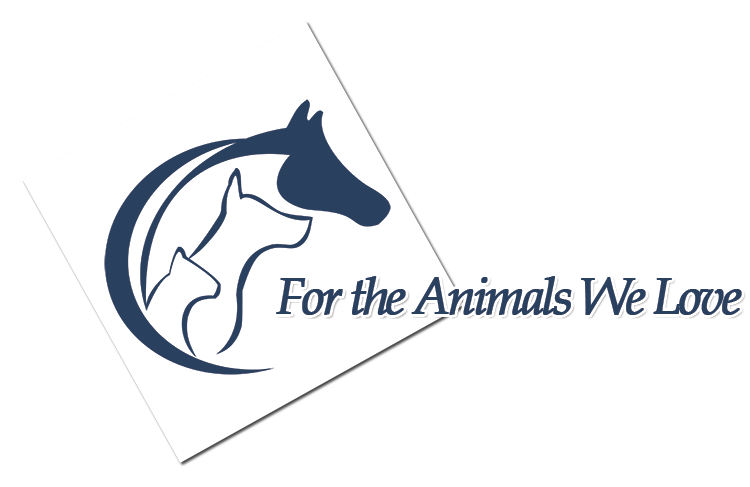Should we feed them?
Feeding wild birds has become very popular in many areas of the country, not just here in my area of Western Colorado. Even in more urban areas such as the Grand Valley, where I live and larger cities, bird watching and feeding has become very popular. Here in Western Colorado we have many varying types of birds such as finch, bluebirds, sparrows, quail, hummingbirds, jays, pigeons and doves just to name a few; you may have different birds where you live. The benefits of bird feeding are still the same no matter where you live. Watching birds feed can provide enjoyment for people of all ages. Attracting birds in the winter months can provide the birds’ water, food and shelter from strong weather. Some things that we don’t think about when feeding birds is that their presence can provide pest control, flower pollination, environmental conservation, education, and stress relief.
We sometimes focus on the food that we feed the wild birds, but the most important thing that we can provide for birds is water. Birds must have water for drinking, but also for preening. Birds are warm-blooded creatures so providing water will keep birds cool on the outside as well as the inside. Water will also remove dust, loose feathers, parasites and other debris from the bird’s plumage. Water can be provided in forms such as bird baths, misters, ponds and waterfalls. Any water is an improvement but moving water will attract more birds as the movement will catch their eye and the sound of dripping will attract them as well.
While bird feeding seems like a simple task, there are some things that should we should keep in mind to make the experience even more enjoyable.
• Use more than one kind of bird feeder. This will attract many more types of bird species. The best feeder for small birds such as finches is a mesh sock filled with a small seed such as nyjer (sometimes called thistle). This type of feeder allows them to feed naturally. Nectar feeders are perfect for hummingbirds. Platform feeders will attract multiple species and ground feeding birds. Knowing your birds or what kinds you want to attract will determine the type of feeder to use.
• Keep the feeder full. While birds do not become dependent on feeders they will remember where food is provided. To provide consistent feeding make sure your feeders are not empty for more than a day or two. Especially in the colder winter months when food is more scarce.
• Limit use of bargain food. Many inexpensive foods have a lot of corn and milo. While all bird feed will have some of these ingredients many birds prefer black oil sunflower seeds, nyjer, millet and safflower. While you don’t have to break the bank, going for the more species specific food can increase the number of birds that use your feeders. You should also recycle your bird seed. Gathering up the spilled food and reusing it can lower your cost, and reduce our carbon footprint. Leaving it on the ground will allow ground feeding, however, it may attract unwanted wildlife. You can take a look at some types for quality bird seed at www.mesafeedmart.com. These blends will give you an idea of what you should feed no matter where you live.
• Do not feed your birds bread. Bread is heavily processed, and is junk food for birds. It provides little or no nutrition to the bird’s diet. If given at all, it should be used as a treat, not their main food.
• Make sure to use a good nectar recipe for your hummingbirds. Using honey, brown sugar or artificial sweeteners does not provide the right sugar concentration and can produce mold that is deadly to your little friends. You can use this simple hummingbird recipe at http://www.worldofhummingbirds.com/nectar.php.
• Do not ignore a bird’s natural food sources. Birds are wild and need insects, fruit trees and nectar-producing flowers for the most nutritious food source. Bird-feeding should always be viewed as a supplement.
• Plan on feeding in winter. Believe it or not, there are many species of birds that do not migrate in the winter months such as jays and finches. These birds will be attracted to backyard bird feeders as their supply of natural food becomes scarce.
• Protect bird feeders. Raccoons, squirrels, rats and the occasional bear will raid a bird feeder. To keep these unwanted creatures from your bird’s source of food, making raised platform feeders, or using a seed catcher can be quite useful. See this squirrel proofing blog for great ideas, http://birding.about.com/od/birdfeeders/a/squirrelprooffeeder.htm.
• Cleaning bird feeders regularly can keep them from getting clogged and keep birds from eating old and moldy food. Also, storing food properly, in a dry place and away from rodents and moths will make it last longer and provide nutrition over a more extended period.
Enjoy your birds. They are beautiful and can provide hours of entertainment and educational experiences for all. Also see the Colorado State University Extension Office website for more information. http://extension.colostate.edu
